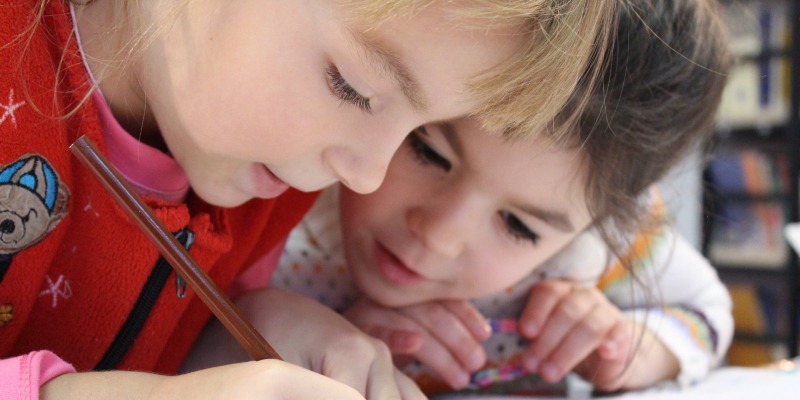A Warm Hello
The following information is specifically for those planning a visit, so that you know, beforehand, what to expect on a Sunday morning.
Where and When
We meet at the Church Building (details here) for our Sunday Service starting at 10am. For your first visit, we recommend arriving 10-15 minutes early to ensure you get a parking space and find somewhere to sit before the service begins. When you arrive, you should be greeted by someone on our Welcome Team who will be wearing a Welcome lanyard.
We serve tea, coffee and biscuits from 10am, before the service begins. It is a great way to meet people, or simply take time to find your bearings. All refreshments are free.
Accessibility: There is wheelchair access, and a sound loop for anyone who needs it. Please let one of the Welcome Team know on your arrival and they will help you to get set up. There are disabled toilets in the main foyer.
Our Service
The main service begins at 10am with a warm welcome from one of our team members. Then follows a time of sung worship, led by our band. We typically have 2 or 3 songs lasting approximately 20 minutes. Sometimes a person might pray out loud or read a small passage from the bible. Sometimes people share things that they believe God is saying to the whole church family. This might seem strange the first time you hear it but it’s all part of our connecting with God. We then share news and notices, usually about what’s going on in the life of the church. One of our leaders will then give a sermon that is bible based and that we can apply to our everyday life. We then finish with a final worship song. Sometimes there is an opportunity to receive prayer at the end of the service.

What about my kids?
We have a great programme lined up for kids of all ages:
-
Creche (0 months to 3 years). Children under 6 months are welcome but must be accompanied by their parent/grown-up at all times.
-
Livewires (3-7 years)
-
Encounter (7-11 years)
-
Katalyst (11-15 years)
-
Young people (15+ years) Stay in service.
Children stay with their parent or grown-up at the start of the service for the welcome, songs and notices. We really value worshipping God all together as a family. At the end of the notices someone will announce that it’s time for the younger members to go to their various groups. You will need to go with your children to their groups and register them as part of our child safety policy. Whilst you are dropping your kids off at their groups, we pause to take time to chat to someone sitting near or next to us, giving folk a chance to come back before the sermon begins.
The kids group activities vary depending on the age but usually there is a friendly welcome, bible stories, testimonies, praying, music, craft, drama, fun games and free play. Please pick your children up as soon as the service finishes.

Getting Connected
Small Groups
While Sundays are a great way to meet new people, it is often in smaller gatherings that you can really get to know someone. Being part of one of our small groups allows you to make new friends, share together and support each other. We have a variety of groups that meet throughout the week, some afternoons and some evenings. Check out Small Groups and see if there’s one that you could join, or we can put you in touch with a small group leader who will be more than happy to invite you along to their group.
Serving and Volunteering
If you want to get involved in the life of the church and help us make Sundays run smoothly, you can sign up to serve on a team.
Other Ministries
We also run the following ministries:
-
Men's Ministries
-
Women's Ministries
-
Night Shelter
-
Foodbank
Get in touch with us to plan your visit
If you would like to come and visit the church beforehand you are more than welcome! Get in touch and we can arrange a time that suits you.
Next, we will contact you by email to say hello and help arrange anything necessary for your visit. |
Leadership
 |
|
 |
|
Leader 1 |
|
Leader 2 |
|
Leader Intro |
|
Leader Intro |
We hope that whoever you are, you will feel at home at our church.
Best Wishes
(Handwritten Signature)